Do you think you offer the best services your customers need and deserve?
Think about it: there are almost 30 million small businesses in the country. How does your business stand out?
One area you can excel above the rest is package delivery. Customers hate poor courier service like the plague. People also want their orders delivered as soon as possible.
If you need to get your package delivered, you need to understand the different types of courier deliveries. You need to know whether a national delivery service fits your requirements. Otherwise, you might need to use regional delivery instead.
The reason you need to differentiate is to narrow down your choices. Remember, if you’re a business who wants to save money, you need to stay informed. If you want to learn which shipping partner to choose, read on.
What’s the Difference Between a National Courier and a Regional Courier?
Before you know which to choose, you need to understand the differences. The first thing you should remember for national services is that they’re big. It means they have a larger means of transportation.
Having these traits help them with their reach. It allows them to operate anywhere in the country.
National deliveries have the capabilities to use shipping routes that take a week to travel. For example, large companies like FedEx Freight are national courier providers. They can give continuous delivery services no matter where you are in the country.
As for regional carriers, they’re smaller companies that operate in local areas. That means their area of operation is much smaller compared to national carriers. Most people consider businesses as regional carriers if they’re giving services for shipments within a 500-mile radius.
Some of the better regional companies can deliver up 1,200 miles away. It’s only possible if the clients can wait for an additional day. That means far-off customers can only use the second-day services offered by these businesses.
What are the Advantages of Each Carrier?
The advantages of these services depend on your situation. Your business size and your area of operation are two of the best factors to consider. Here are the things you should consider:
National Services
National delivery services have the size for a wider reach. With the size, these companies have access to a greater level of resources like the latest technology.
The resources make it possible for the national carriers to maintain more complex delivery routes. This allows them to keep a bigger customer base. Some can even partner up with large retail companies sell items by the bulk.
The size and abundance of resources make it possible for national carriers to have the proper equipment. It enables them to serve longer routes. It’s much longer than any regional or local courier services.
National services, because of their scale, tend to have a stronger system to protect their company’s integrity. They might offer better insurances to protect packages. Also, even if they cover a larger area, they sometimes work faster than regional couriers because of their organized operations.
It’s also common for national couriers to have better customer service and more efficient tracking. Very often, it’s not a hassle to log into their website and get efficient real-time data regarding the location of a package. Regional couriers don’t often get this because they might not have the resources to maintain this level of monitoring.
Regional Services
The regional carriers are great when you need to rely on shorter deliveries. Their limited area of operation gives them more flexibility to their services. Often, they’re more familiar with the routes within their service area.
They know shortcuts and other situations since they’re traveling more often in the same area. A lot of customers feel satisfaction when they work with regional carriers. It’s not unusual since these carriers have a smaller customer base.
What are the Drawbacks of Each Carrier?
When it comes to freight weight, trucks move around 71% of the entire country’s packages. Despite this, both types of services have their own drawbacks. Here are some things you need to remember:
National Service
The biggest issue with national couriers is that they may charge a higher price. However, you have to put this into context: most national couriers offer better service, better insurance, and faster delivery. You get what you pay for, after all.
Although national services can be faster, there’s no denying they may have to travel farther distances and go through different vehicles. A package from one end of the country heading to the other might have to go through a bus, an airplane, and finally a truck before reaching the customer. This raises the risk, albeit only sightly, of the package getting damaged while on the road.
Regional Service
The most obvious limitation of regional couriers is their limited geographic areas. What this means is that they will charge you a lot. It’s especially true if it’s outside their normal delivery area.
Even then, it’s possible that they’ll reject your request. It happens when it’s too far for them to make it worth their resources.
If you coordinate different regional services, you might get the deliveries done faster. But the problem is that it’s expensive and often unwieldy. This means regional carriers aren’t the best choice if you plan to have longer shipments.
National Delivery vs. Regional Delivery – Learn the Best Choice Today!
Your choice of courier service changes with the shipment distance involved. If you’re a large business serving the country, national delivery couriers are for you. They have access to bigger infrastructure and resources.
Even if you’re a small business, national delivery might be the right solution for you. They can give you a competitive level of pricing while delivering efficiency. These companies can give the speed you need but give you satisfaction at the same time.
But always remember that there are more factors out there that can affect your choice of courier. If you need a versatile courier, you can contact us today to get a quote. Otherwise, we can talk about how we can help your business grow with our services.

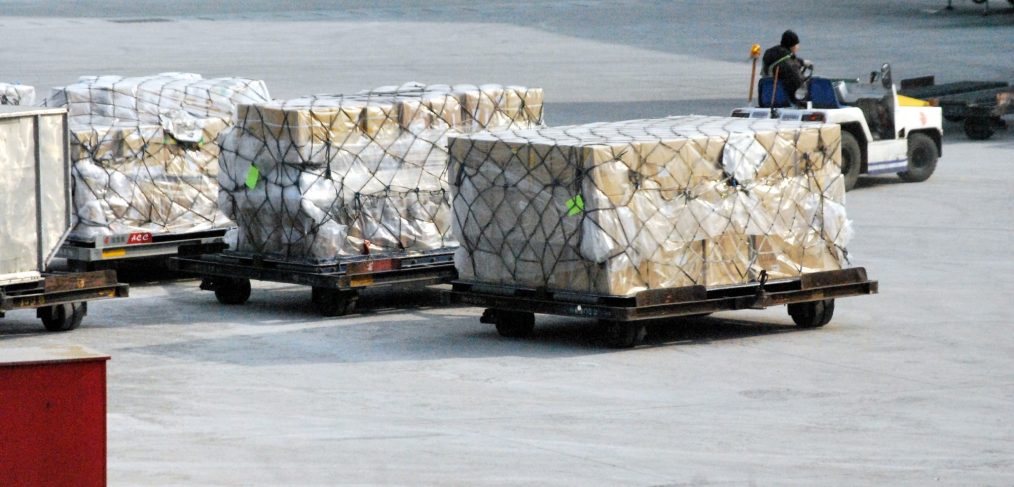


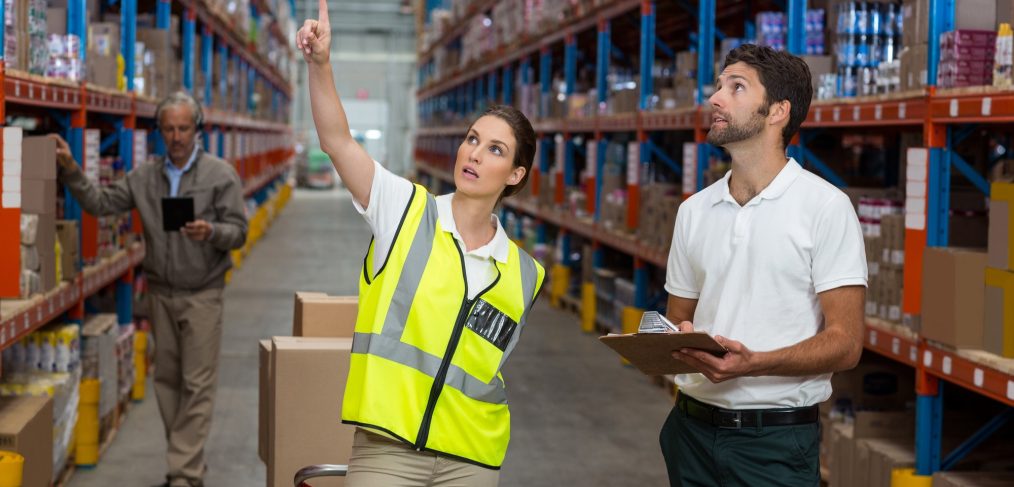


 Choosing the right shipment method can mean the difference between making money, breaking even, or losing money. Did you know that
Choosing the right shipment method can mean the difference between making money, breaking even, or losing money. Did you know that 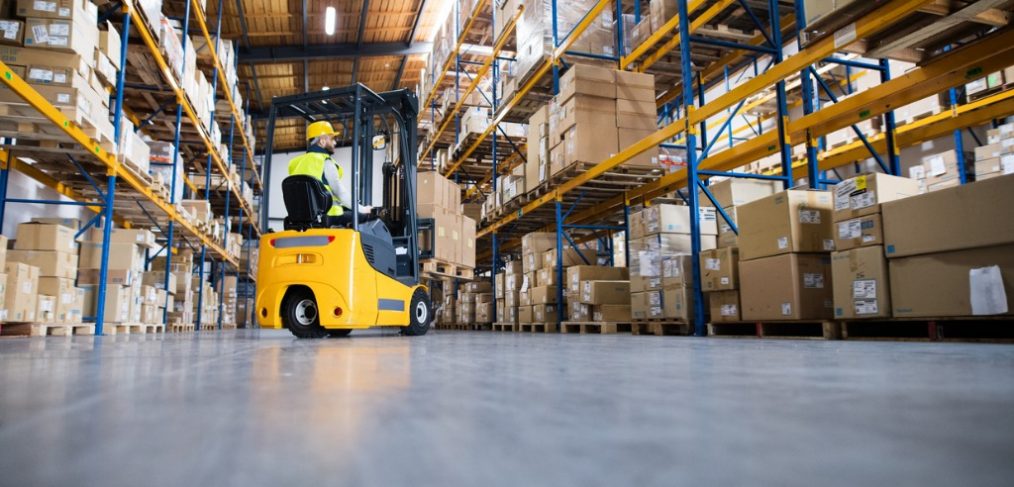
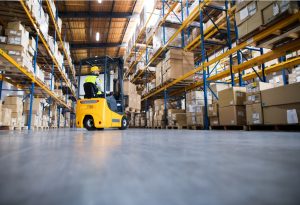


 While many companies associate a digital archiving system
While many companies associate a digital archiving system 
 Courier services are big business on a global scale. It’s an
Courier services are big business on a global scale. It’s an 
 You used the tracked, registered, certified parcel delivery…where is your package? The
You used the tracked, registered, certified parcel delivery…where is your package? The 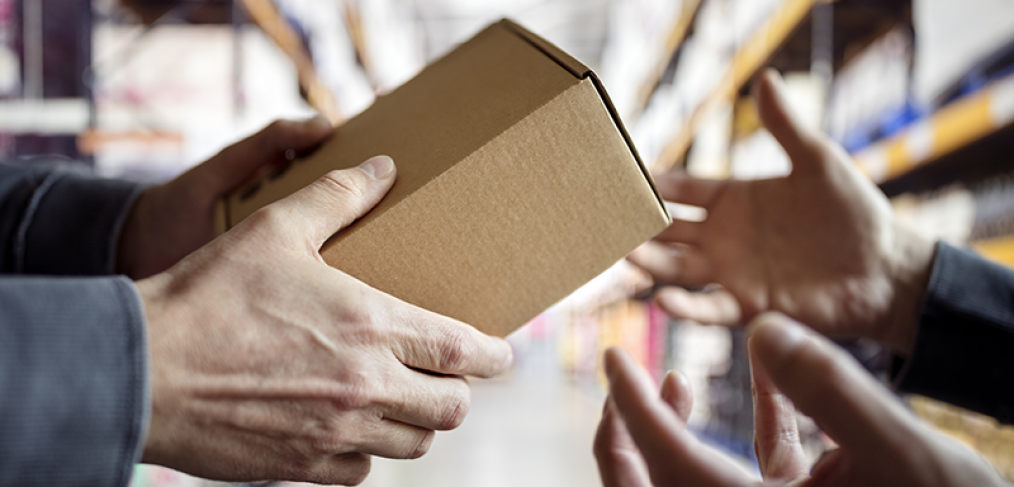
 Want to create more efficiency in your warehouse? Looking for ways to improve your picking and packing processes?
Want to create more efficiency in your warehouse? Looking for ways to improve your picking and packing processes?